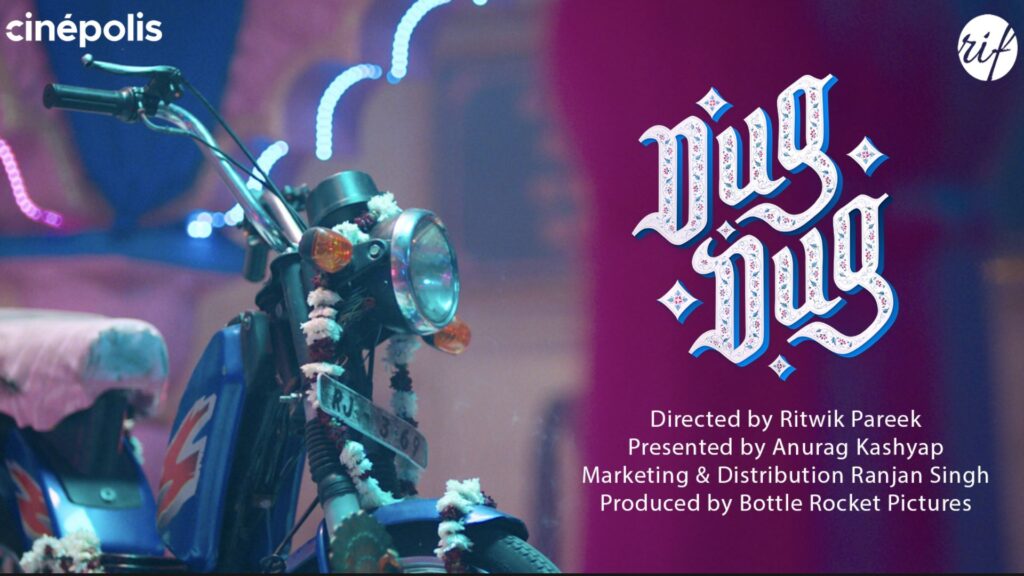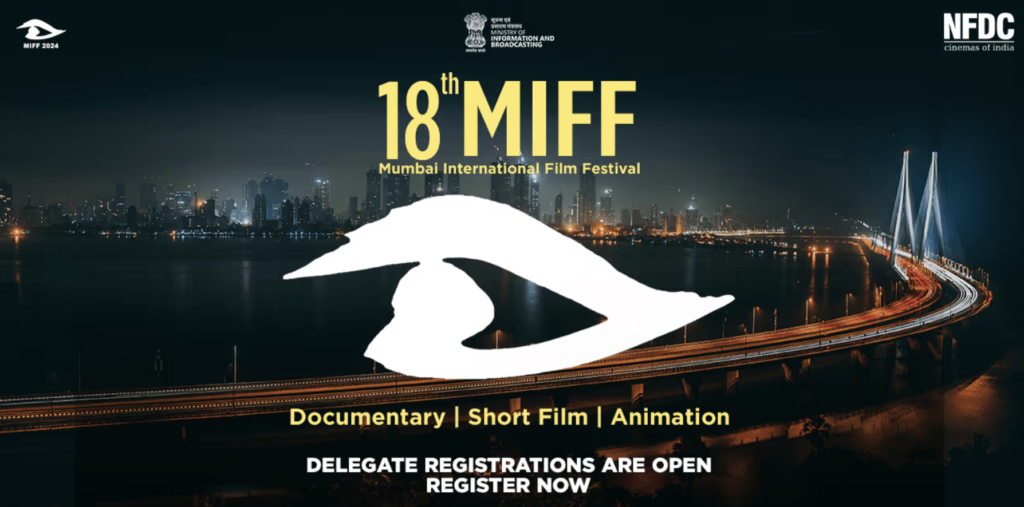In 2025, Jewel Thief didn’t just mark Saif Ali Khan’s return to cinema – it crash-landed like a vintage sapphire hurled into a sea of knockoff glass. It wasn’t just a film; it felt like a secret handshake between old-school Bollywood heist dramas and Gen Z’s thirst for chaotic brilliance. Saif, that eternal enfant terrible of Hindi cinema, didn’t just play a thief; he embodied a genre gasping for reinvention. To understand Jewel Thief‘s weird gravity, you gotta clock its ancestry: yes, the name is a flex back to Vijay Anand’s 1967 classic (which, Anand shot the climactic party sequence with hidden cameras to capture real candid crowd energy), but Saif’s version pirouettes into postmodern madness. This isn’t a suave Dev Anand flick. It’s Saif throwing a molotov cocktail at nostalgia, playing a thief who’s as much a philosopher as he is a grifter. In a world drooling over algorithm-fed content (Netflix Originals that feel AI-generated), Jewel Thief felt hand-stitched – with visible scars. But here’s the catch: for all its daring, the film sometimes buckles under its own aesthetic ambition. Long, glistening tracking shots feel less like art and more like flexes. Some critics are already calling it “the world’s most expensive Instagram reel” – and not totally without reason. Still, the commitment drips through: Saif allegedly learned actual sleight-of-hand techniques from street magicians in Istanbul (no cap, insiders say he spent two months shadowing a 70-year-old Turkish pickpocket named Kemal). And the costume design? Deep cut alert – the jackets Saif wears are subtle tributes to costumes worn by French New Wave antiheroes, like Jean-Paul Belmondo’s battered trench coat in Breathless. Even the score, a jazz-noir fever dream, samples unheard vinyl from R.D. Burman’s abandoned sessions. But yeah, not everything glitters – some critics found the script tangled in its own cleverness, like a diamond thief too smug to notice the alarms blaring. Yet, that’s exactly where Jewel Thief carves its legend: in a time obsessed with polish, Saif drops a film that’s unapologetically messy, erratic, and gorgeously human. It’s the cinematic equivalent of a cracked ruby – maybe imperfect, maybe reckless, but undeniably real.
When Saif Ali Khan dropped Jewel Thief in 2025, it didn’t just hit theatres – it cracked open a whole subculture that didn’t even know it was starving for heist cinema that wasn’t afraid to trip over its own Gucci loafers while trying to sprint. This wasn’t a homage to Vijay Anand’s 1967 classic in any superficial sense; it was like Saif took the dusty blueprints of old Bollywood glamour, rolled them into a joint, and smoked them into a surreal fever dream. First of all, Jewel Thief isn’t just a thriller, it’s an existentialist theatre dressed up in vintage Cartier. Saif’s character, “Aman Dastoor”, isn’t a mere thief – he’s a performance piece, a man simultaneously stealing jewels, stealing personas, and stealing meaning itself in a world that no longer believes in real treasure.
Saif actually commissioned a private viewing at the British Museum to study how real historical artifacts were guarded and displayed – he even based one heist scene’s choreography on how Napoleon’s army stole the Rosetta Stone in 1799 (nobody is making that connection unless they’re deep in the trenches). But like any messy genius move, the film’s ambition also spills out – some set-pieces are so in love with their own cleverness (like the ten-minute silent break-in shot filmed entirely in one tracking take inside a fake “Hall of Illusions”) that they accidentally start feeling like a TED Talk on “What If Cinema Was Self-Aware?”
The references inside Jewel Thief are stacked like a cursed Jenga tower: there’s a heist that mirrors Rififi’s 1955 silent robbery sequence (trivia: Rififi’s sequence inspired every modern heist film, from Ocean’s Eleven to Heat), there’s a direct homage to Wong Kar Wai’s Fallen Angels in the neon-lit club scenes where Aman dances alone to a slowed-down Hindi cover of Massive Attack’s “Teardrop” (AND the cover was sung by a Bengali indie artist who recorded it inside an abandoned warehouse in Shyambazar – goosebumps bruh). Yet, Jewel Thief refuses to simply vibe as eye candy – it weaponizes beauty to make a point about distraction itself. Critics got salty tho: a lot of old-school reviewers called the film “vapid” and “all hat no cattle”, especially pointing fingers at the meta-mystery subplot where Aman “steals” his own identity halfway through (kind of like that viral “plot twist” episode in Atlanta Season 3 where the story folds back on itself but leaves you high and dry).
Aesthetically though, the film slaps so hard it’s almost unfair. Costume designer Zeenat Farooqi (who btw stitched by hand each gemstone onto Saif’s infamous black velvet jacket, inspired by a lost Mughal ceremonial robe that never made it into public exhibitions because it was too fragile – that robe’s real and archived in the Victoria & Albert Museum) creates a wardrobe that’s practically a manifesto. Saif performed all his own pickpocket stunts after six months of training with India’s top illusionist, Neel Madhav (the same guy who was once hired to teach sleight-of-hand tricks to RAW agents for real surveillance ops – let that sink in).
The soundtrack deserves its own TEDx Talk – Raghav Mehra, the composer, unearthed vinyl samples from Bombay’s underground 1970s jazz-funk scene and layered them under ambient noise recordings from empty jewelry markets during lockdown, meaning the literal sound of pandemic-era silence is stitched into the movie’s DNA. It’s cinema coded in absences, not presences – mad poetic if you think about it.
Yet for all this brilliance, Jewel Thief does stumble: sometimes it mistakes complexity for profundity. Aman’s third-act monologue about “the art of losing without being lost” feels like it’s trying to be Proust on vibes but ends up being…kind of hollow. Plus, the convoluted reveal about who the “real” Jewel Thief is, while theoretically spicy, gets way too tangled – like Saif and the writers wanted a Usual Suspects ending but forgot to first ground us enough to care. It’s what Gen Z calls “L bozo energy” when overthinking kills the mood. Another lesser-known but hilarious tidbit: apparently Saif insisted on shooting one desert sequence under natural moonlight to “capture existential despair” but the lighting techs had to literally import antique Victorian-era gas lamps to fake it because the moon was blocked by pollution (tell me that isn’t the most method, most Saif thing you’ve ever heard).
At the end of the day though, Jewel Thief doesn’t just exist to be loved or hated – it exists to challenge. It’s the cinematic equivalent of a heist that succeeds but also triggers ten alarms on purpose. In a movie landscape clogged with IP regurgitations and TikTok-brain edits, Saif bet the house on something chaotic, self-aware, messy, and – most importantly – alive. This film is less about stealing jewels and more about stealing back the right to make ambitious, pretentious, magnificent mistakes. Whether you end up vibing with it or flaming it, Jewel Thief leaves fingerprints all over your subconscious – and isn’t that the slickest heist of all?
Jewel Thief stands as an unapologetically bold, chaotic, and genre-defying beast of a film that deserves to be remembered, not for its occasional stumbles, but for its audacious heart. Cinema today is starving for risks, and Jewel Thief kicks down the door with its diamond-studded boots, refusing to be subtle, refusing to be small. Saif Ali Khan, with this move, doesn’t just act – he disrupts, he provokes, and he sets a new gold standard for what mainstream Indian cinema could dare to become if it stopped chasing formulaic applause and started chasing madness instead. The few moments where the plot frays or where ambition outpaces execution are not flaws; they are battle scars from a war fought against mediocrity. Anyone dismissing this film for being “too much” simply exposes a deep fear of cinema that thinks, dreams, and bleeds at the same time. Mediocrity is safe; Jewel Thief is a beautiful, reckless, glittering threat. It is a film that demands engagement, dares confusion, and rewards those willing to abandon the outdated checklist of “good filmmaking” in favor of raw, nerve-hitting art. Even its imperfections shimmer with purpose. Saif Ali Khan has permanently shifted the Overton window of what a mainstream star can choose to create, and Jewel Thief – for all its excess, its madness, and its cinematic nerve – is not just a movie but a revolution disguised in velvet and broken glass. In this cultural moment obsessed with convenience and validation, Jewel Thief reclaims the lost art of disobedient storytelling. And that alone is enough to crown it iconic.


